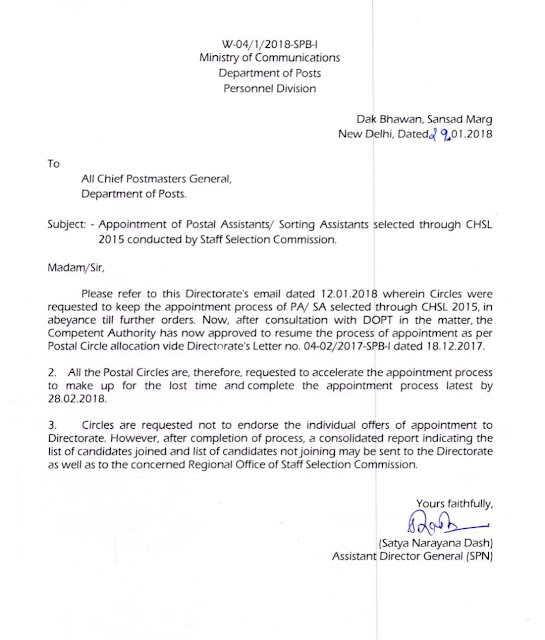Sending kids to school has an inbuilt tax advantage for parents. This is because tuition fee qualifies for tax benefit under Section 80Cof the Income-tax Act, 1961. The amount of tax benefit is within the overall limit of the section of Rs 1.5 lakh a year.
For tax purposes, the fee reduces the total gross income which in turn reduces the tax liability. Let us say you fall in the highest income bracket and you pay 30.9 per cent as tax, and you pay Rs 80,000 a year as schools fees. In this case, the tax saved will amount to Rs 24,720 in that year.
Here's how to get the maximum benefit out of tuition fees.
Are all institutions eligible?
Tuition fees paid at the time of admission or anytime during the financial year to any registered university, college, school or educational institution based in India qualifies for tax benefit.
What kind of education?
It has to be a full-time education, including any play school activities, pre-nursery and nursery classes. The institution can be either private or a government sponsored one.
What is not covered?
At times, parents have to make payments, other than tuition fees, to the educational institutions. Payments like development fees or donation or capitation fees, etc., are not covered and do not qualify for tax benefit. Also, if you haven't paid the fees on time, the applicable late fee paid will not be eligible.
Tax benefit for how many children?
The benefit applies for the fees paid for up to two children. So if a couple has four children, both can claim tax benefit as both have a separate limit of two children each.
Which parent gets the tax benefit?
The parent who makes the payment gets the tax advantage. If both parents are working and pay taxes, both can claim individually up to the amount of fees paid.
If both are working and want to take the benefit under Section 80C for the amount paid by them respectively, they can do so. So if the fee paid is Rs 2 lakh, of which the father has paid Rs 50,000, while the mother has paid Rs 1.5 lakh, both can claim the amount individually as per the payment made by them.
Conclusion
As the upper limit for Section 80C tax benefit is Rs 1.5 lakh a year, see how much of that gets exhausted through tuition fees and then decide on further tax savers. While the tax benefit on tuition fees is incidental and helps you to save tax during the early days of your child's education, do not forget to create a long-term investment plan for his higher education.
Estimate the amount needed for higher studies and create a savings plan towards that goal, preferably through SIPs in 3-5 equity diversified mutual funds scheme. To ensure that the goal is met, do buy adequate life cover, preferably through a pure term insurance plan.
Source:-The Economic Times


















































